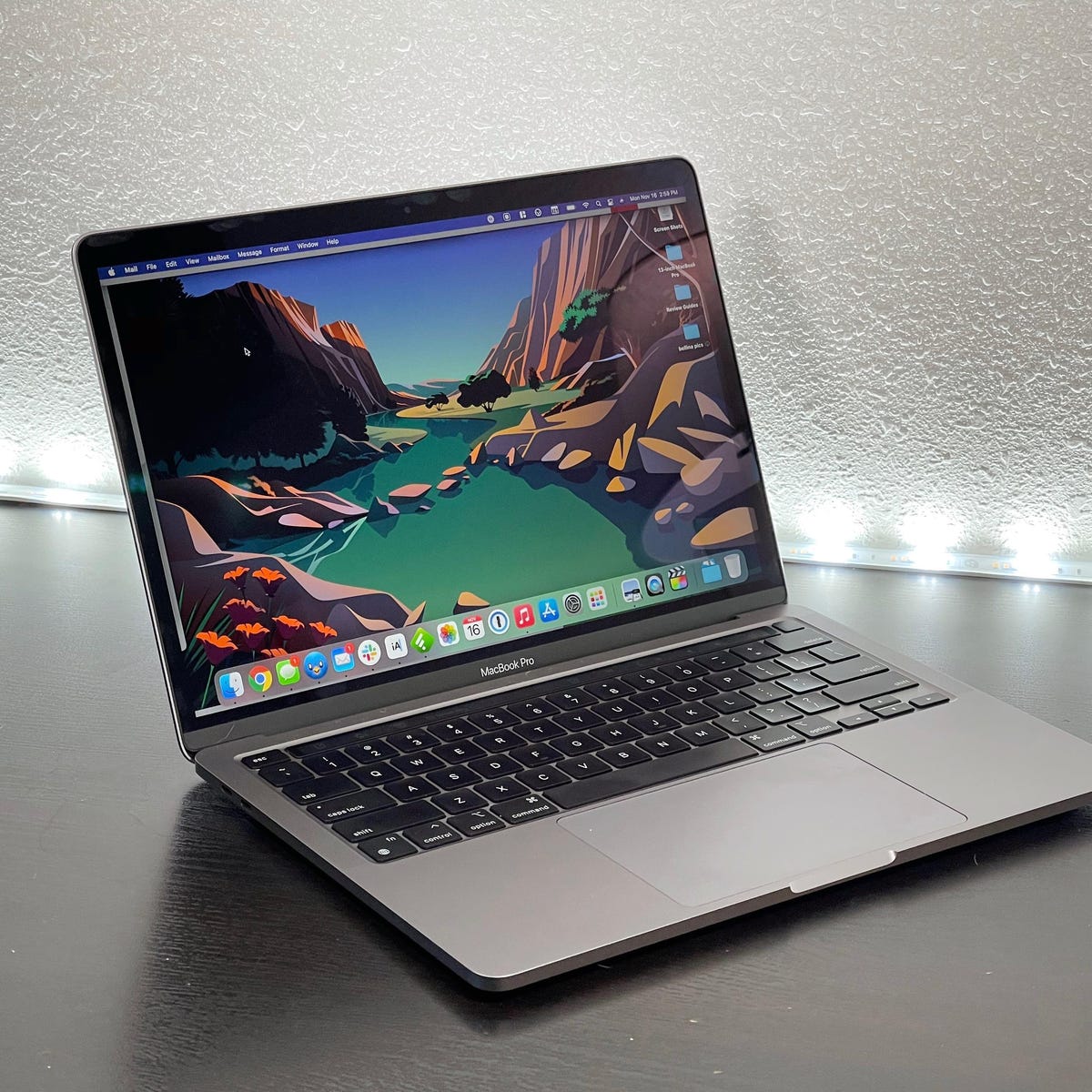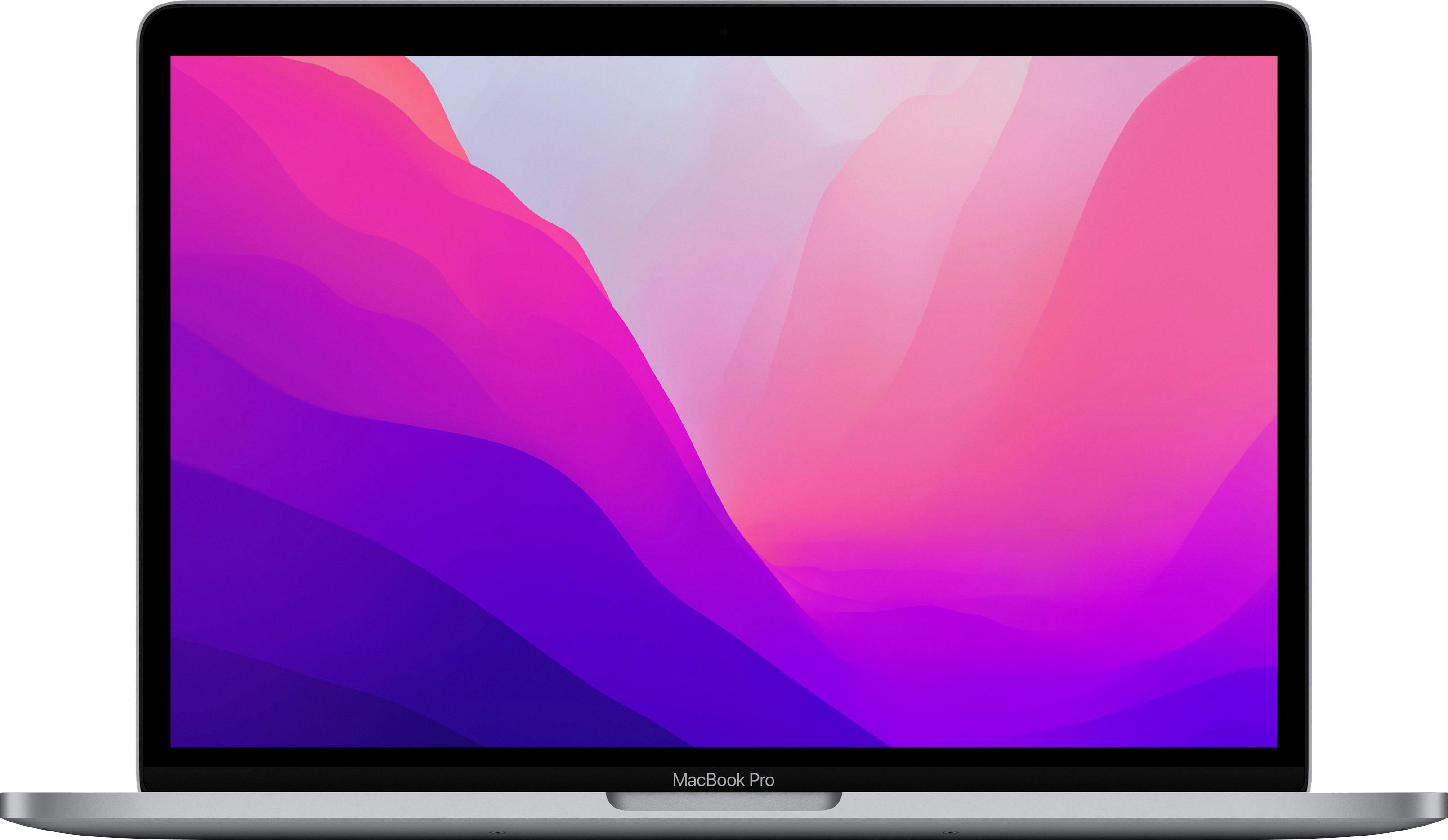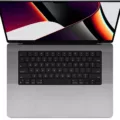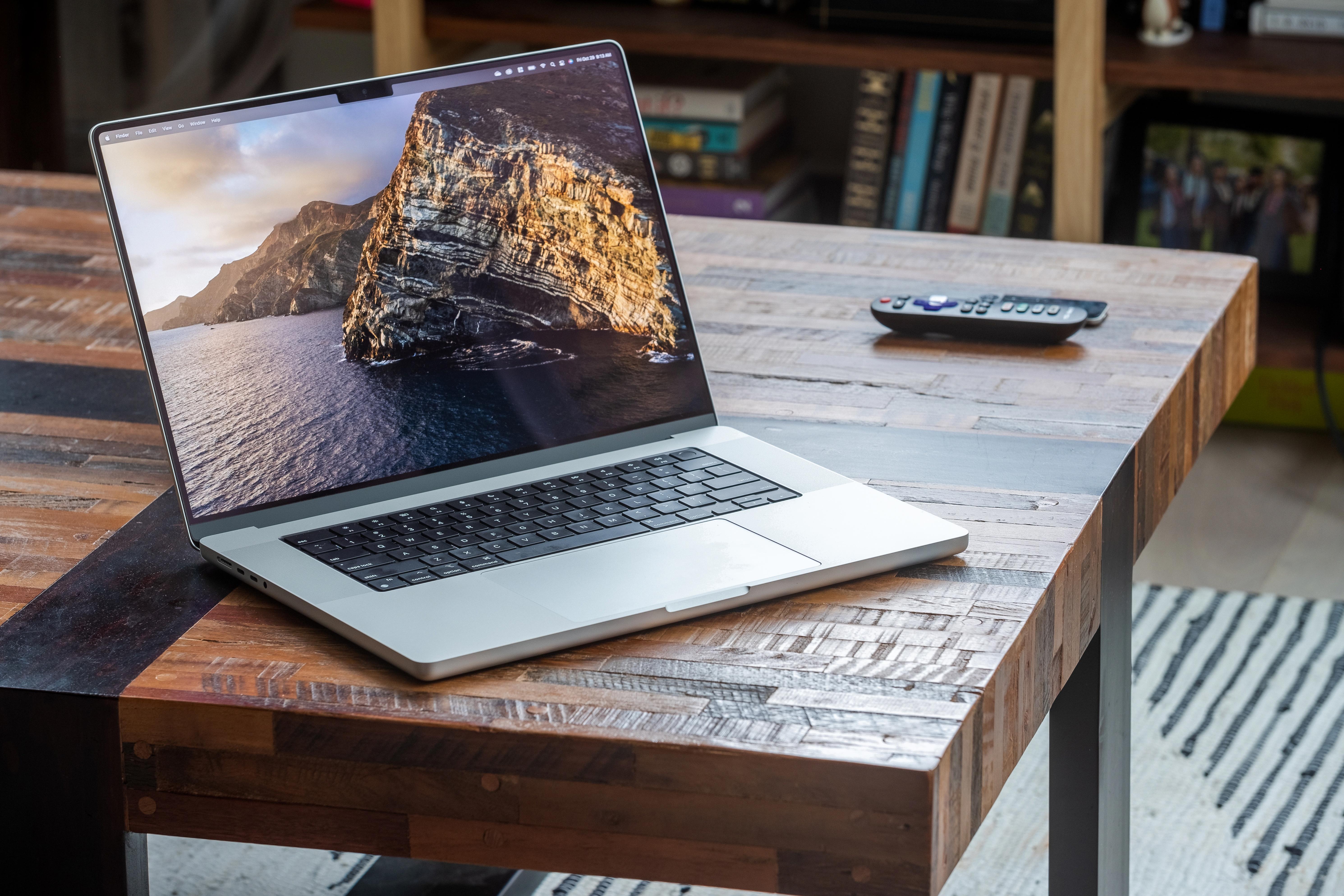Are you loking for the ultimate performance and portability in a laptop? Then the Macbook Pro is for you! With its impressive specs and powerful features, it’s one of the most popular laptops on the market. But how can you check the system configuration of your Macbook Pro?
The first step is to open the Apple menu. From there, select “About This Mac” to view your system information. You should see details about your processor, memory, graphics card, and other hardware components. You can also check other info such as your macOS version number and serial number.
If you want more detailed information abot your hardware and software configuration, then head to System Preferences. Here, you can find out more about your display settings, sound settings, network connections, and more. You can also manage your user accounts or adjust app-specific settings here.
Finally, if you want an even deeper dive into your system configuration then you can use Activity Monitor. This app is included with every Mac and allows you to monitor CPU activity over time. To enable viewing in the Dock, choose View > Dock Icon then select the Show CPU option to view processor activity over time.
So there you have it! Now that you know how to check system configuration on a Macbook Pro, you can make sure everything is running smoothly on your laptop at all times!
Finding CPU Configuration on Mac
To find your Mac’s CPU configuration, you can open the System Information app. To do this, press Command + Space to open Spotlight search, then type in “System Information”. When the app opens, select the Hardware section on the left and then select “Processor” from the list. This will give you information abot your Mac’s CPU such as its name, processor speed, number of cores, and total number of threads. You can also view information about other components of your Mac’s hardware by selecting them from the list on the left.

Checking CPU and RAM on a Mac
To check the CPU and RAM on your Mac, start by clicking the Apple icon in the top left corner of the screen. This will bring up a drop-down menu, from which you should select ‘About This Mac’. The resulting window should show you detailed infomation about your hardware including processor speed, memory, and graphics card. Specifically, you can find out what type of processor and how much RAM you have installed on your system. Additionally, this window will list other technical specifications like serial number and model identifier. With this information at hand, it should be easy to determine whether or not your current hardware is capable of running certain tasks or applications.
Checking RAM on a MacBook Pro
To check the RAM on your MacBook Pro, open the Apple menu and select About This Mac. On the Overview tab you’ll see information about your Mac, including the type and amount of RAM it has. If you click on the Memory tab, you’ll be able to see a more detailed breakdown of your RAM’s specifications. Additionally, you can use a third-party tool such as iStat Menus to view real-time RAM usage and oher hardware information.
Understanding the Configuration Folder on Mac
The Configuration folder on Mac is a directory that conains files which have been customised or modified by the user, another user or an app. These modified files are organised in subdirectories according to their original locations. It is important to note that these modifications may be incompatible with the recent macOS upgrade and should be treated with caution when making changes or updating.
Checking CPU Configuration
To check your CPU configuration, you can use the Windows Task Manager. To do this, right-click on your taskbar and select Task Manager from the menu that appears. In the Task Manager window, go to the Performance tab and click on the CPU section in the left panel. You will then see information about your CPU’s make and model, speed, number of cores, and other technical details. You can also use third-party software such as CPU-Z or HWiNFO for more detailed information about your processor.

Source: macworld.com
Finding My Computer’s Configuration
To find your computer’s configuration, you’ll need to open the Settings menu. Click on the Windows Start button, then click the gear icon for Settings. In the Settings menu, select System. On this screen you should see a section called About. This will provide you with information about your processor, Memory (RAM), and other system information including your Windows version. You can also check for specific hardware or software by loking at the Device Manager or Programs and Features in Control Panel.
Checking Apple Laptop Configuration Using Serial Number
To check the configuration of your Apple laptop with its serial number, you’ll fist need to locate the serial number printed on the underside of your Mac, near the regulatory markings. This serial number can also be found on the original packaging, next to a barcode label. Once you have that serial number, you can enter it on the Check Coverage page or Tech Specs page to find your model and all of its specifications.
On either page, simply type in your serial number and click “Submit.” You’ll then be able to view a detailed list of features for your Mac laptop, including processor type and speed, memory size, graphics information, storage size, and more.
Checking CPU and GPU on Mac
To check your CPU and GPU on Mac, you can open the Apple (?) menu and select About This Mac. This will open a window that displays information aout your Mac, including its processor type and graphics card. You can also click the System Report… button to view more detailed information about your CPU and GPU. In the Hardware section of the System Information window, you will find information such as processor model name, processor speed, number of cores, graphics card model name, VRAM size, and more.
Checking RAM and SSD on a MacBook Pro
To check your RAM and SSD on a MacBook Pro, you can use the Activity Monitor app. To open it, go to your Applications folder and select Activity Monitor. Once it is open, click Memory (or use the Touch Bar). This will show you a Memory Pressure graph that lets you know if your computer is using memory efficiently. If the graph is green, this means your computer is using all its RAM efficiently. You can also click the Storage tab to view details about your SSD, such as available space, used space, and purgeable space.
Finding Apple Configuration
To find devices added with Apple Configurator, you will need to sign in to Apple School Manager, Apple Business Manager, or Apple Business Essentials. Once signed in, select Devices from the sidebar and use the filter to show only “Devices added by Apple Configurator”. The device should appear in the list you are presented with. You can also view device details such as the serial number and configuration profiles associated with each device.
Location of System Configuration Files
System configuration files are generally stored in the /etc/ directory in Linux and Unix-based operating systems. This directory contains a variety of config files which store important settings for system applications, services, hardware, and other components of the operating system. These files are vital to the proper functioning of the system, so they shuld not be modified or deleted unless absolutely necessary.
The /etc/ directory can be frther divided into several subdirectories each containing specific types of config files. Some of the more common subdirectories include:
• /etc/X11 – Xorg specific configuration files
• /etc/cron.* – Cron job related configuration files
• /etc/fstab – File system mount information
• /etc/group – Group information
• /etc/passwd – User information
• /etc/shadow – Secure user account information
• /etc/ssh – SSH server-related configuration files
• /etc/sysctl.conf – System tunable parameters file
It is important to note that some applications may store their own configuration files in other locations such as user home directories or application-specific directories.
Configuring Mac Settings
Configuring your Mac settings is a simple process. First, click on the System Preferences icon located in the Dock or select Apple Menu > System Preferences. In this menu, you can customize a variety of settings to personalize your Mac experience. For example, you can change the size and location of the Dock, choose between a light or dark theme appearance, set your desktop background image, adjust display resolution and brightness, set audio preferences, and more. Once you have made the desired changes to your settings, click the ‘OK’ button to save them. Your Mac is now configured acording to your preferences!
Conclusion
In conclusion, the Macbook Pro is a powerful and reliable laptop that delivers an impressive combination of performance, portability and battery life. It has a sleek design, fast processor, good graphics, ample storage space and plnty of ports for connecting peripherals. It also comes with the latest versions of macOS and iOS as well as access to many apps and services. Whether you’re a student, professional or creative user, the Macbook Pro is an excellent choice for anyone looking for a reliable laptop that can handle their everyday tasks.








